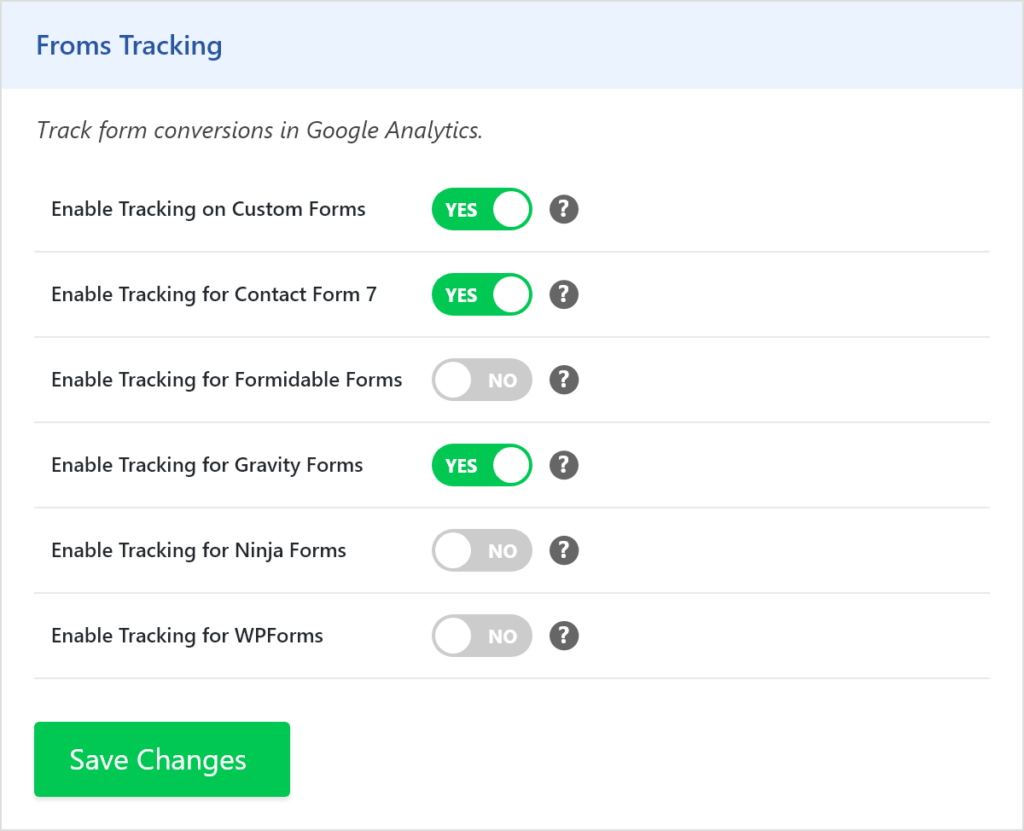In the digital world, it’s crucial for any online business to keep track of users’ behavior and website performance. Google Tag Manager (GTM) and Analytify are two well-known tools in this field and can be used to analyze data in valuable ways. But can you use GTM with Analytify without causing double code tracking issues? Let’s learn more about it.
GTM is a powerful tool that lets users handle marketing tags, snippets of code, or tracking pixels on a website without touching the code itself. It makes connecting to a wide range of digital marketing tools easy and lets you keep track of how users interact with the platform.
Analytify is a popular WordPress plugin that makes Google Analytics easier to understand by showing all the important data in a well-organized, easy-to-understand way right in your WordPress dashboard. It lets you track the performance of individual posts and pages, giving you information you can use to change your content strategy.
The most important question is: Can Google Tag Manager and Analytify work together? And will this create double-track issues?
The answer to the first question is yes. However, there is a chance of double code tracking, which must be dealt with smartly.
If a tracking code is put on a page more than once, it could cause problems with double tracking. This can happen if you have Google Analytics code directly written into the code of your website or the tracking ID is being managed by GTM, and Analytify also manages the same tracking ID. It can mean that every action is recorded twice, leading to skewed data and possibly false insights.
When it comes to making Google Analytics data easy to understand, Analytify is easier to handle than GTM. It means that it can replace GTM in setting up Google Analytics.
With Analytify, people can keep an eye on the following:
1. Page views and visits
2. Users’ geographical location
3. Referral sources and keywords
4. Social media metrics
5. Mobile device stats
6. Bounce rate
To avoid double tracking when using both GTM and Analytify simultaneously, you must only use your Google Analytics tracking ID once. There are two ways to do this:
If you add your tracking ID directly to WordPress, it’s best not to use GTM to handle the same Google Analytics tracking code. GTM can still be used to manage other marketing tags in this setting.
If you want GTM to handle your tracking needs, including Google Analytics, you shouldn’t add the Google Analytics code using Analytify. Here, the main job of Analytify will be to show data on your WordPress homepage in a way that is easy to understand.
Look below at how our customer support team has answered similar queries.
However, if you are primarily looking for Google Analytics integration and insights, and your website is based on WordPress, there are several reasons why you might choose Analytify over GTM:
Please read our guide, How to Integrate Google Analytics 4 with Analytify.
In comparison, to get the most out of GTM, some knowledge of JavaScript and website code is required.
Read our exclusive guide on How To Enable Google Analytics Ecommerce Tracking.
Please read our guide on How to Setup Email Notifications Addon.
Read How To Get Started With The Custom Dimensions Add-on for more details.
However, with Analytify, you click to enable the Forms addon and then turn on tracking for the particular forms.
That’s it! Your form data will now show up in your Analytify dashboard and Google Analytics account.

Analytify has integrations available for all the most popular forms, including Contact Form 7, Gravity Forms, etc.
Enable the forms tracking of the plugin you have installed on your WordPress website and start tracking.
If you have a Customs Form built without any forms plugin, you can track those form submissions.
Read our guide on How To Get Started With The Forms Tracking Add-on.
To sum up, it is possible to use both Analytify and Google Tag Manager, but you must carefully handle your Google Analytics tracking code to avoid problems with double tracking.
With a well-thought-out plan, these powerful tools can work together to give you accurate and complete information about how your website is doing.
In case of any further queries, feel free to contact our support team. We are here to help you.